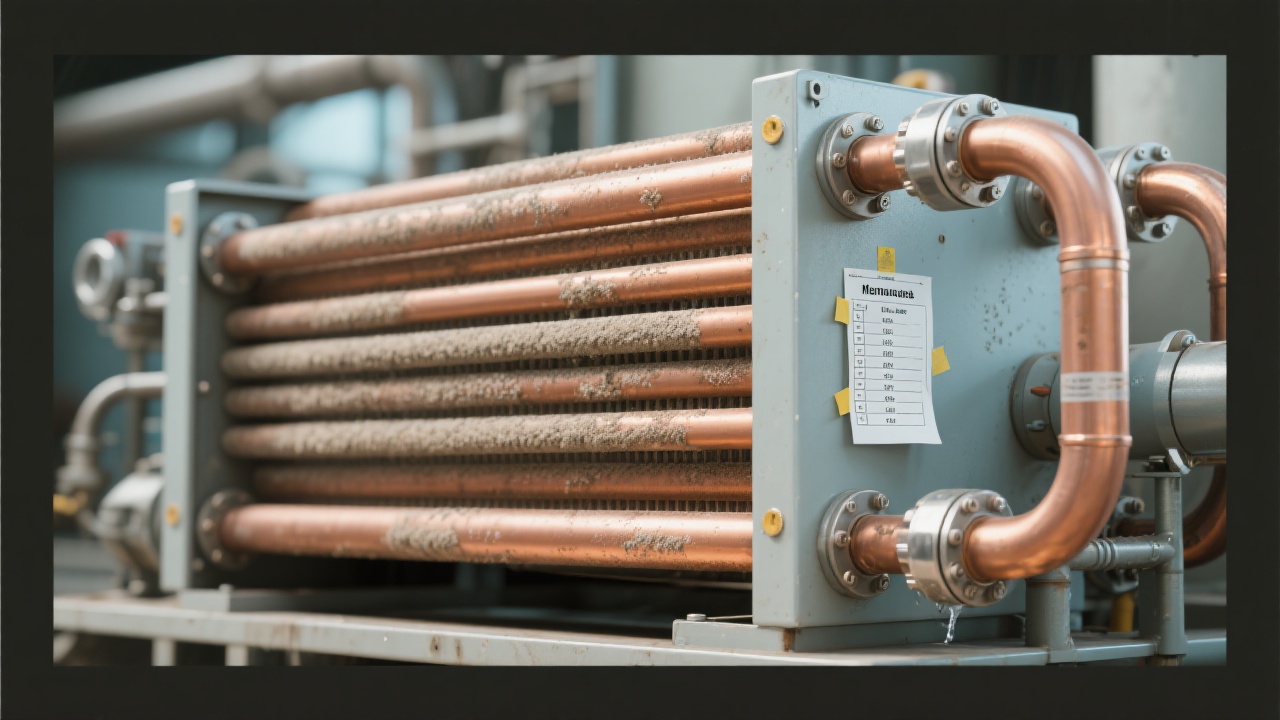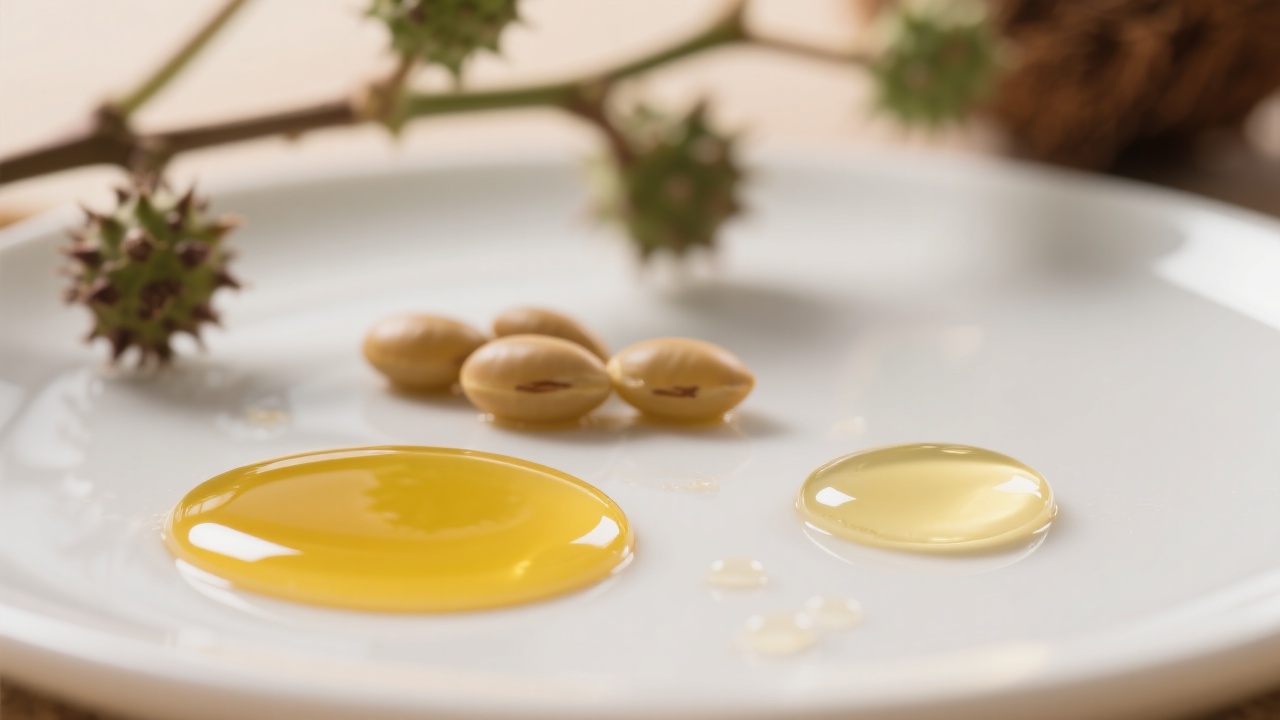Key Equipment Roles in Rice Bran Oil Refining: A Practical Guide to Boost Quality and Yield
24 09,2025
Tutorial Guide
This accessible yet technically rigorous guide systematically analyzes the roles of essential equipment across the rice bran oil refining chain, from pretreatment through extraction, refining, and residue utilization. It clarifies the function and operating principles of each device, outlines critical selection criteria, and provides actionable optimization strategies to elevate oil quality and throughput while lowering energy and solvent use. Grounded in current industry trends and hands-on field experience, the discussion emphasizes how equipment configuration and process control influence mass transfer, reaction equilibria, and contaminant removal. The pretreatment segment reviews conditioning, flaking, puffing, and dehulling technologies, detailing their impact on kernel integrity, moisture content, porosity, and downstream extractability; explicit attention is given to establishing optimal moisture and particle characteristics to maximize subsequent recovery. In extraction, the guide contrasts solvent-based systems (desolventizers, extractors, and evaporators) with physical methods, mapping selection criteria to feedstock quality, solvent recovery efficiency, safety, and energy balance. Refining is dissected into degumming, bleaching, deodorization, and, where applicable, winterization, with a focus on removing phospholipids, pigments, free fatty acids, and volatile odor compounds without compromising valuable oil fractions. Residue utilization is addressed through drying, milling, pelletizing, and potential value-added pathways for spent meal and fines, highlighting integrated waste streams that improve overall plant economics. Practical optimization tips cover pretreatment parameter tuning (e.g., puffing conditions to enhance porosity; data points indicating porosity increases of over 30% post-puffing), solvent-to-oil ratio management, deodorization temperature and vacuum settings, and the deployment of automation and real-time monitoring to minimize losses and emulsions. The abstract also references ongoing industry shifts toward continuous processing, energy recovery, modular equipment, and enhanced food-safety compliance, supported by industry standards and authoritative literature summaries. Data-supported figures, such as process flow infographics and equipment schematics, accompany the guidance, along with a quotation box encapsulating essential standards and concise literature abstracts for quick reference. The intended outcome is a pragmatic, audit-ready playbook enabling technicians and plant managers to realize higher yield, more consistent quality, and lower operating costs through scientifically informed equipment configuration and process control.
Rice Bran Oil Refining Equipment: Practical Roles, Selection Tips, and Optimization for Quality and Throughput
Rice bran oil (RBO) refining is a multi-stage operation designed to convert crude oil into a stable, odor-free, and visually appealing product while maximizing oil recovery from the bran. The performance of each stage hinges on the correct selection and configuration of equipment, from pretreatment to by-product utilization. This guide distills the practical functions of key devices, paired with actionable optimization tips, industry benchmarks, and implementation steps suitable for mid- to large-scale facilities.
1. Pretreatment and preprocessing equipment
Effective pretreatment removes contaminants, adjusts moisture, and prepares bran for subsequent extraction and refining. Core equipment includes cleaning lines (screens, destoners), dehulling or husk removal, flakers, and conditioners or cookers. A well-tuned pretreatment line increases oil release efficiency and reduces impurities that can complicate degumming and bleaching later in the chain.
Typical actions and design notes:
- Cleaning and dehulling: Removes sand, silica, and grit which accelerate wear in presses and degrade oil color. Aim for impurity reduction to below 2% by weight and moisture stabilization around 8–12% to minimize microbial growth and hydrolysis.
- Flaking and conditioning: Flakes increase surface area and soften the matrix for better oil expressibility. Target flake thickness of 0.15–0.25 mm; conditioning at 90–110 °C promotes internal diffusion and reduces viscosity for extraction.
- Early process controls: Inline moisture sensors and automated temperature control reduce FFA formation and improve downstream degumming efficiency. Integrated PLC/SCADA helps maintain throughput with minimal operator intervention.
2. Extraction equipment: pre-press and solvent systems
Extraction governs how much oil is released from the bran and how much energy and solvent are consumed. Modern systems combine a pretreatment-driven pre-press stage with a solvent extraction loop to maximize yield while controlling solvent losses and environmental emissions.
Key devices and considerations:
- Pre-press (expeller) stage: A screw press or expeller mechanically expresses a portion of the oil, reducing solvent load downstream. Benefits include lower solvent consumption and gradual heat exposure, which can preserve oil quality. Typical throughput: 1,000–3,000 kg bran/hour for mid-size lines; energy consumption per ton of crude oil is a critical KPI to monitor.
- Solvent extraction tower (hexane-based systems): Continuous solvent extractors maximize oil recovery from pressed meal. Design choices include counter-current vs. co-current flow, solvent-to-raw material ratio, and residence time. A well-tuned extractor can recover 75–85% of the oil present in the bran, depending on pretreatment effectiveness.
- Hexane recovery and solvent management: A robust recovery system, including a distillation/steam-stripping unit and a recovery condenser, minimizes solvent loss to below 0.2% of feed weight. Safety interlocks and closed-loop piping are essential to maintain emissions control and worker safety.

3. Refining equipment: degumming, neutralization, bleaching, and deodorization
Refining removes gums, free fatty acids (FFA), pigments, and odor-active compounds to deliver a stable, bland oil suitable for consumption. Each step relies on specific equipment and process controls to meet target quality specs while preserving valuable fatty acids.
Stage-by-stage equipment and tips:
- Degumming: Hydration or acid degumming removes phospholipids and reduces cloud point issues. Equipment includes high-shear mixers and settling tanks. Target phosphorus in refined oil: <40 mg/kg. Water addition and centrifugal separation improve gum removal efficiency by 20–35% when tuned to bran type and moisture.
- Neutralization: Alkali treatment to remove free fatty acids and soaps. Neutralizer tanks with precise pH control combined with continuous centrifuges keep soap content below 5 mg/kg and residual alkali to safe levels.
- Bleaching: Clay or earth bleaching columns remove pigments and trace metals. Typical pigment reduction is 50–70% with proper contact time and fresh bleaching earth, yielding a visibly lighter oil with improved stability.
- Deodorization: Steam-stripping in deodorization columns eliminates odor-active compounds. A well-tuned deodorization stage can cut aldehydes and ketones by 90%+, producing odor-free oil suitable for premium markets and meeting international standards.
![Refining process flow diagram showing degumming, bleaching, and deodorization]()
4. Residue utilization and by-products
Efficient handling of spent bran, meal, and solvent residues improves overall cost-effectiveness and sustainability. Spent bran typically yields a high-protein meal suitable for animal feeds, while solvent recovery condensates and boiler condensates can be treated for energy reuse or proper disposal.
- Spent bran meal: Depending on preprocessing, meal protein content can range from 12–25%, with fiber and minerals contributing to feed value.
- Solvent residues and condensates: Closed-loop systems minimize solvent purge, enhancing environmental compliance and reducing operating costs.
Industry standard reference: Refining targets for edible oils commonly require FFA below 0.5%, moisture under 0.1%, and color index reductions that meet regional consumer preferences.
5. Equipment selection and optimization: practical guidelines
When selecting equipment, align capacity, energy efficiency, solvent management, and automation with your target throughput and quality goals. The following KPIs help benchmark performance and guide upgrades:
- Throughput: Aim for 1,000–3,000 kg bran/hour in mid-size facilities, scaling upward as you optimize pretreatment and extraction efficiency.
- Solvent utilization: Target solvent losses <0.2% of feed; invest in recovery systems with <1–2% energy penalty per ton of oil produced.
- Quality KPIs: refined oil <0.5% FFA, phosphorus <40 mg/kg, color index reduced by 50–70%, and deodorization achieving odor thresholds suitable for your markets.
- Automation and maintenance: Implement PLC-based controls and predictive maintenance to reduce downtime by 15–25% and extend equipment life.
Equipment KPI snapshot | Stage | Equipment | Key KPI | Typical Range |
| Pretreatment | Cleaning line, Destoner, Flaker, Conditioner | Moisture control, impurity removal | Moisture 8–12%; Impurities <2% |
| Extraction | Expeller, Solvent extractor, Hexane recovery | Oil yield, solvent loss | Oil yield 75–85% of oil in bran; solvent loss <0.2% |
| Refining | Degumming, Neutralization, Bleaching, Deodorization | FFA, Phosphorus, Color, Odor | FFA <0.5%; P <40 mg/kg; Color index 8–15; Odor reduction >90% |
| Residue Utilization | Dryer, Milling/Meal handling | Protein and fiber content in meal | Meal protein 12–25% |
Optimization actions you can implement in 90–180 days include upgrading degumming water management for phosphate removal, tuning bleaching clay contact time and dosage, and integrating online oil quality sensors to detect deviations in FFA and color early. Targeted staff training on solvent handling and process safety also yields measurable reductions in downtime and emissions.
In practice, align your equipment supplier selection with demonstrated performance data on similar feedstock and product specifications. Seek references that show stable FFA, low phosphorus, and consistent color across batches, not just peak lab results. A phased upgrade plan—prioritizing pretreatment reliability, then extraction efficiency, followed by refining precision—typically delivers the best ROI for rice bran oil operations.
Reference data for benchmarking: typical pretreatment moisture 8–12%; solvent recovery efficiency 98–99%; refining achieves FFA <0.5%; color index reduction 50–70%; deodorization odor removal >90%.
To stay competitive, integrate data-driven maintenance, inline quality analytics, and standardized SOPs that reflect market expectations for clean-label and stable edible oils. The following call-to-action offers a practical path to implement these concepts across your line.
Boost Your Rice Bran Oil Throughput Today — Get Our Optimization Guide





